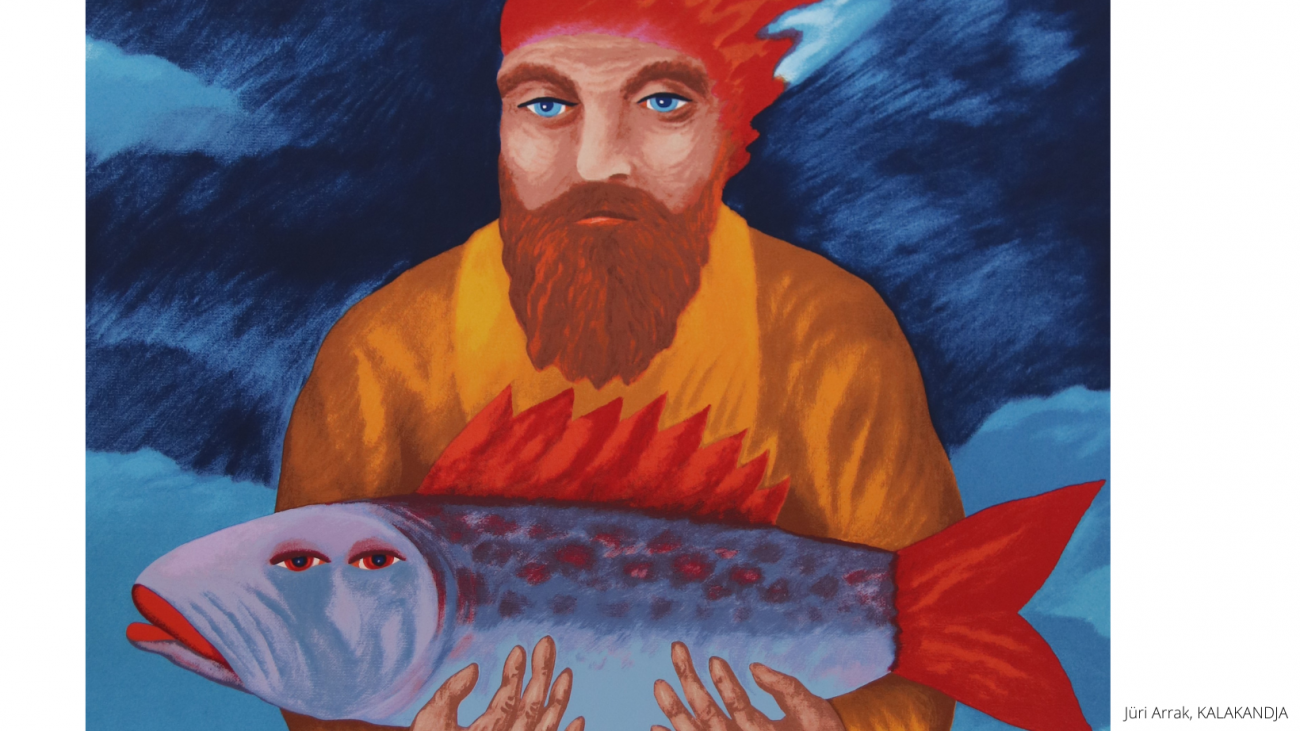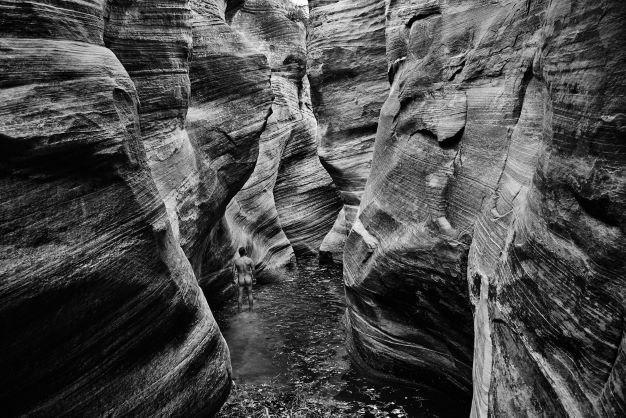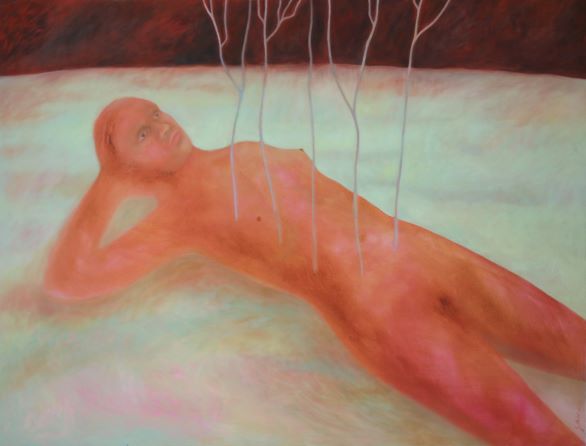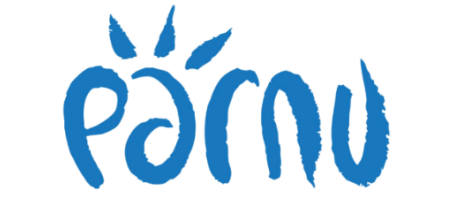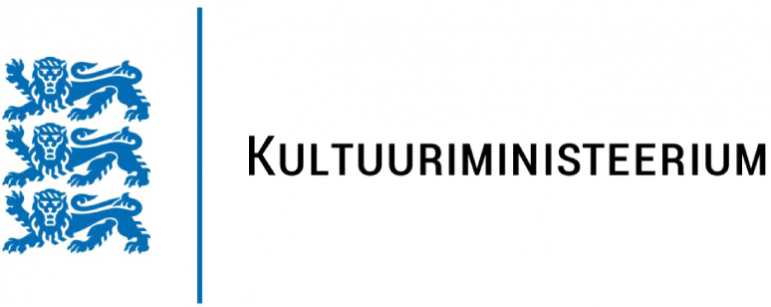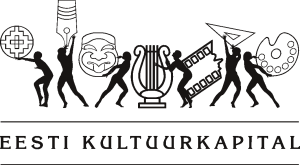Three decades aren’t too long a time in history but enough for a generation.
The Museum of New Art (MoNA) was born in Pärnu on October, 1st, 1992. At its cradle, there were Silvi Baradinskas as the director of Music School, Ilmar Tõnisson, the director for City Orchestra, Omar Volmer, the director of the local history museum, Neeme Ellermaa as the director of Sütevaka School, and Mark Soosaar, the chief of the Pärnu Film Festival. They believed that Pärnu deserves a modern multicultural center for fine arts. In those times there were no non-profit organisations, the only corporate bodies were joint-stock companies. And that is how the Chaplin Ltd was born. Charlie was a man as orchestra – he staged, wrote music, and acted in his films. He comforted and entertained those who were sad…
The Town of Pärnu acquired the assets of the disbanded Estonian Communist Party – dilapidated house of the Party in Esplanaadi Street. The town having got it for free, was generous enough to give the building into the hands of Chaplin for free for 15 years!
Immediately, art exhibitions and film screenings began, think tanks and activities started to protect architectural heritage and green parks. This was the very reason for the municipality to become annoyed and after 15 years the building of the MoNA was sold. Emergency killing of the MoNA didn’t succeed as international community of art museums intervened – thousands of protest letters arrived in the Ministery of Culture. The action was headed by a legendary art historian Edward Lucie-Smith from London, the main expert of the collection of the Museum of the MoNA. Thanks to his knowledge and network, the museum has been able to organise exhibitions and get artworks to its collections from all over the world.
In cooperation with art museums and galleries in Paris, Athens, Hannover, Beijing, Prague, Helsinki, Stockholm, Kiev, the MoNA has brought masterpieces by Marc Chagall, Jean Cocteau, Victor Vasarely, Corneille, Jean Rustin, Viggo Wallensköld, Elina Brotherus, Liu Wei, Robert Mapplethorpe, Joel Peter Witkin and many others for the people to see in Pärnu.
The first works of art from Jüri Arrak, Peeter Mudist, Leo Lapin, Raul Meel, Cesar Izqureido, Martin Garcia Rivera are especially dear to the creators of the museum. In the previous century supplement of the collection was actively supported by Estonian Cultural Endowment. In this century the Port of Pärnu benefited several paintings. Most of artworks though, are donations by the authors. Who would not like his/her work to be next to the masterpieces by Evald Okas and Pablo Picasso or our last donator Rafal Olbinski.
In the survival saga of MoNA, a lot has been brought to the table by heads of Pärnu County – Toomas Kivimägi, Andres Metsoja, Kalev Kaljuste. Also, the MoNA survived and reached to the 30th anniversary thanks to the support from the Town of Pärnu, Estonian Cultural Endowment and the Ministry of Culture.
Collections of museums are like crocodiles in the Nile growing bigger and bigger until the very end of their lives. That is why MoNA dreams of a contemporary joint repository with the Museum of Pärnu and Theatre Endla. There are many pearls in these collections which make Pärnu bigger and more wellknown.

